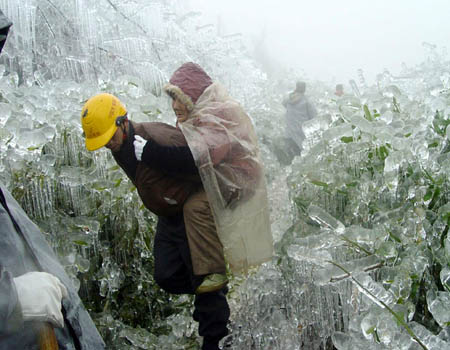“Global food Catastrophe”
“The world is heading for a drop in agricultural production of 20 to 40 percent, depending on the severity and length of the current global droughts. Food producing nations are imposing food export restrictions. Food prices will soar, and, in poor countries with food deficits, millions will starve.”
This article is a must-read.
After reading about the droughts in two major agricultural countries, China and Argentina, I decided to research the extent other food producing nations were also experiencing droughts. This project ended up taking a lot longer than I thought. 2009 looks to be a humanitarian disaster around much of the world
To understand the depth of the food Catastrophe that faces the world this year, consider the graphic below depicting countries by USD value of their agricultural output, as of 2006.

Now, consider the same graphic with the countries experiencing droughts highlighted.

The countries that make up two thirds of the world’s agricultural output are experiencing drought conditions. Whether you watch a video of the drought in China, Australia, Africa, South America, or the US, the scene will be the same: misery, ruined crop, and dying cattle.
China
The drought in Northern China, the worst in 50 years, is worsening, and summer harvest is now threatened. The area of affected crops has expanded to 161 million mu (was 141 million last week), and 4.37 million people and 2.1 million livestock are facing drinking water shortage. The scarcity of rain in some parts of the north and central provinces is the worst in recorded history.
Read moreCatastrophic Fall in 2009 Global Food Production



